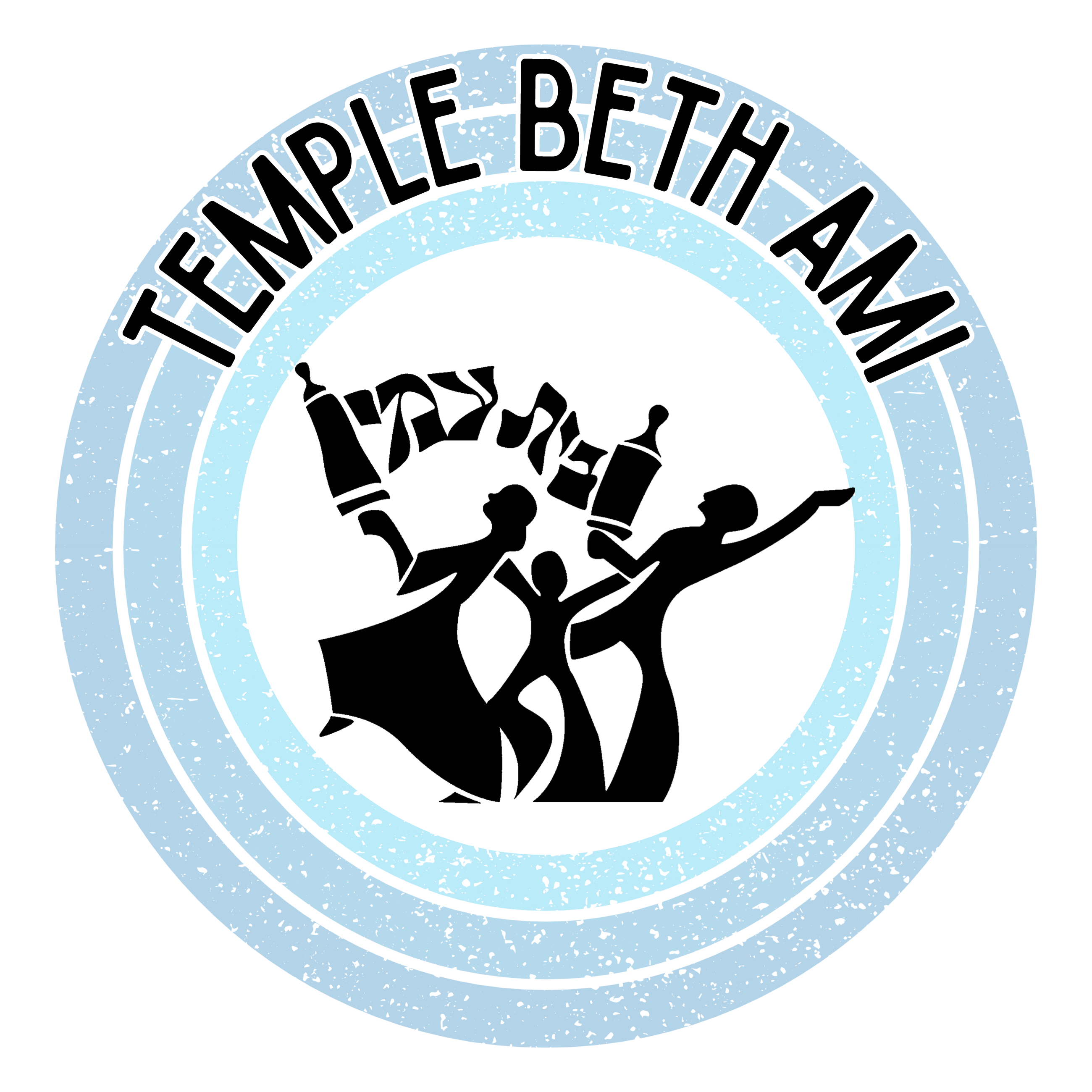Tzav (Shabbat Parah)
Lev. 6:1 – 8:36
By Rabbi Baht Weiss
Last Friday night before Shabbat Services, we lit a yahrzeit candle for my father. It felt awkward to leave the lit candle burning on the counter when we left for synagogue, but after making sure there were no paper products close by, we trusted that the flame would be secure in its contained glass case. After all, this was a treasured ritual of Judaism. In Judaism it is not just on yahrzeits that we light a long-lasting flame.
We first heard about the Ner Tamid, The Eternal Light, a few weeks ago in Parshat Tetzaveh where we are commanded l’haalot ner tamid, for kindling lamps regularly. (Exodus 27:20). In each of our synagogues we have a Ner Tamid, an Eternal Light, which magically seems to always remain lit.
In this week’s Torah portion, Tzav we are also commanded to offer korbanot-sacrifices to God on the altar. Tzav begins with explaining the ritual of the olah, the burnt offering which were the sacrifices performed during daylight hours. The burnt offering would take longer and so these portions were to be left on the altar to burn for the night. Leviticus 6:6 reads, “Esh tamid tokad al-ha-mezbeach, lo tikbeh-An eternal (or perpetual) fire should be kept burning on the altar, not to go out.” The light of the Ner Tamid dwelled then in the Mishkan, the portable tabernacle and today in the synagogue, in the holiest place, and it was meant to be a constant reminder of God’s love of our people and our love for God.
In the same way, lighting the Yahrzeit candle for my father was a sign of my remembrance of him and my unending love for him.
Rabbi Sharon Brous, the Senior Rabbi of Ikar, a Jewish Community in Los Angeles points out that the Rabbis are clear that the original Ner Tamid was not lit all the time. She explains that on the one hand, tamid means always, but tamidot actually connotes not continuously but continually. Rabbi Brous further explains that continual means something that happens frequently, or even regularly, something that starts and stops and starts again, but continuous means something that never stops, like a circle, it just goes on and on. The Ner Tamid, the Holy Light is continual. From this she deduces, the great power is not in letting the light shine forever more, but rather by continually lighting the light. Re-lighting the light every day is the holier path because it requires ongoing commitment and continual presence rather than declaring everlasting love. Rabbi Brous says this means, “I love you today and I will continue to love you tomorrow and then on the next day and the next day again.”
If we truly care about people we are in relationship with, when those people we care about lose a loved one, we don’t only show up at the funeral and during the first week of shiva. Like the Ner Tamid, we show up continually, a month later, a year later, on holidays or at special moments. In the same way, I lit my yahrzeit candle, not just this year, but for the last 15 years so that I can continually remember and respect one of the people who gave me life. And it feels special, when my eight- and six-year-old, stand beside me, and are part of that continuity. In fact, my eldest son is named after my father. Through him, my father lives on. My hope is that my connection and my children’s connection to Judaism and Jewish ritual will be continuous and ongoing. Keeping the flame of Judaism alive is not a one-time action, but a life long practice.

